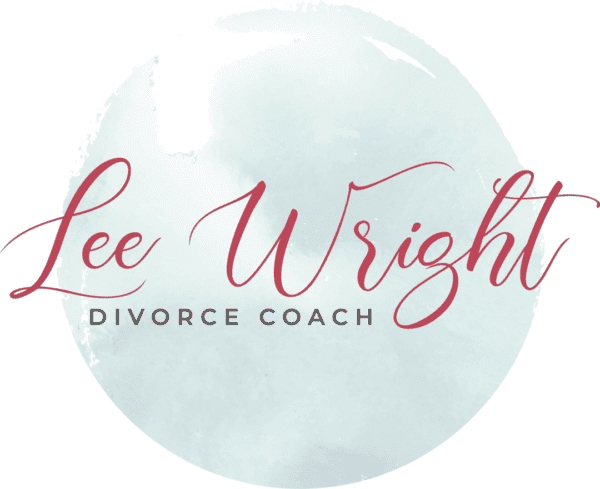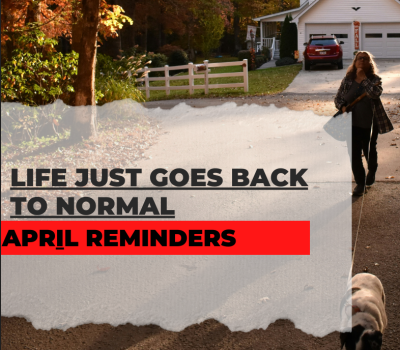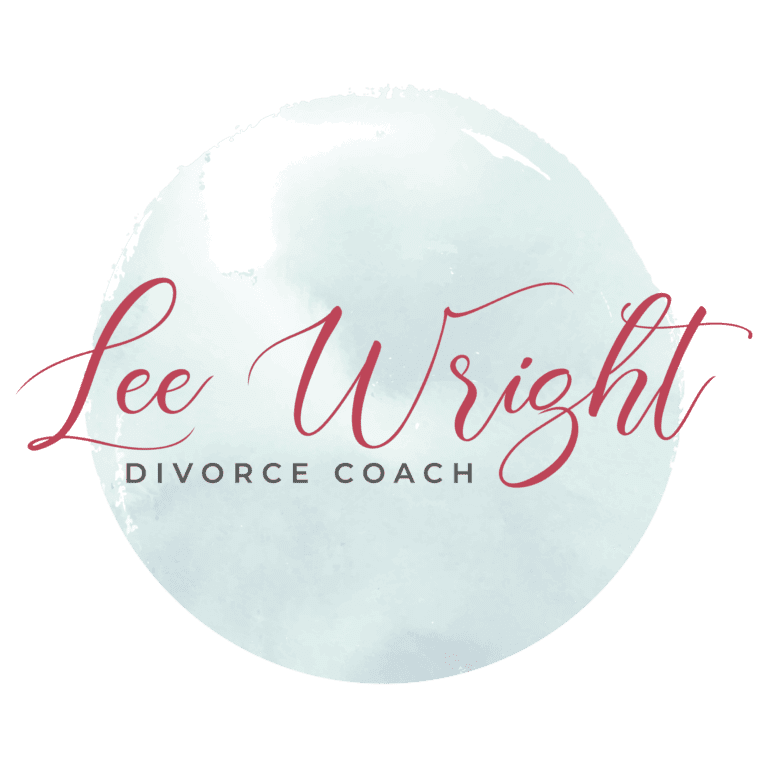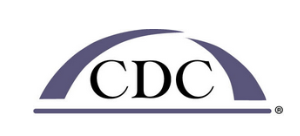Attachment Theory and how our early childhood experiences and impact our attachment style as adults is a hot topic that is slowly making its way into mainstream discussions on relationships. Learning about Attachment Styles has been incredibly eye opening for me to understand myself, my fears and triggers and reactions in relationships that create dis-connection.
In a nutshell, we all have insecurities that get triggered in relationships (work and family relationships along with love relationships). The way we deal with those insecurities within the context of a relationship can either help strengthen and deepen the connection and help heal the early wounding that created those insecurities or create distance and disconnection in the relationship.
I like to simplify Attachment Style into a visual of a bell curve. Those in the center are called Earned Secure, they have worked through their insecurities and are aware of their fears and triggers and can speak honestly about them, express vulnerability in a healthy way and continue to heal and co-regulate their nervous system with another person.
On the one side of the bell curve are those who lean anxious which can include an unconscious fear of abandonment, dysregulation if their partner pulls away, use of different controlling techniques to try to draw the other partner closer which can sometimes come across as clingy, demanding or smothering.
On the other side of the bell curve are those who lean avoidant, they tend to pull away and need space and time if they feel overwhelmed by an interaction, intimacy or a disagreement. When their nervous systems get overwhelmed, they want to run or flee and can only reconnect with their partner once they have found a semblance of calm within themselves.
Often there is a dance between one partner who leans anxious and the other who leans avoidant. This dance can be stressful for both parties but with awareness and compassion for each other, the challenges of this dance can be addressed.
Knowledge is power. The more we gain knowledge about topics like this along with an understanding of our own behaviors and the past hurts that led to these behavior patterns, we can begin to make changes in healthier directions. The benefits are so great, deeper connection with those we love, with ourselves and a calmer nervous system, body and mind.
Wishing you love and light,
Lee





